Signs of Xanax Addiction: Everything You Need to Know
Introduction
Medicine has made a lot of headway in helping people with mental health conditions like depression and anxiety enjoy recovery. But, while prescription drugs like Xanax are beneficial, they have one major flaw: they can cause dependency.
According to a study carried out in 2019, over 5 million people were found to be misusing benzodiazepines (Xanax). While Xanax addiction is both prevalent and dangerous, Xanax dependency often displays warning signs early on.1
This article will explore the signs of Xanax addiction and how to recognize them early. It will also discuss the dangers of Xanax addiction and how to seek treatment at reputable facilities like Ripple Ranch.

Learn More About Ripple Ranch Recovery Center
What is Xanax?
What is Xanax Addiction?
Who is Affected by Xanax Addiction?
- Individuals dependent on the substance
- Their families
- Friends
- Broader societal circles
Physical Signs of Xanax Addiction
Short-Term Signs of Xanax Addiction
- Drowsiness and fatigue: One of the foremost signs of Xanax addiction is excessive drowsiness. People who are dependent on Xanax often appear unusually tired and lethargic and may sleep for extended periods. This is a direct consequence of the drug’s sedative effect.
- Slurred speech: Similar to the effects of alcohol, one of the significant signs of Xanax addiction is slurred speech. This impairment is due to the slowing down of brain activity, affecting basic functions like speech.
- Loss of coordination: Those dependent on Xamax may stumble, appear dizzy, or have trouble walking straight.
- Nausea or vomiting: As the body reacts to the presence of the drug, especially in high quantities, people might experience nausea. This sometimes leads to vomiting that can’t be traced back to other physical conditions.
- Respiratory depression: This is one of the more dangerous short-term signs of Xanax addiction. Respiratory depression is life-threatening and needs immediate medical attention.
- Blurred vision: Difficulty in seeing clearly is also among the short-term signs of Xanax addiction. It results from the drug’s immediate impact on the brain and nervous system.
Long-Term Signs of Xanax Addiction
- Tolerance: This is one of the principal long-term signs of Xanax addiction. It refers to when the body grows used to Xanax, necessitating larger doses to achieve the desired effect. This, in turn, contributes to the cycle of addiction.
- Withdrawal symptoms: Once addicted, if the person attempts to reduce the dose or quit altogether, they experience withdrawal symptoms. These can range from shaking, sweating, and irritability to more severe symptoms like seizures.
- Weight fluctuations: Significant weight changes, either loss or gain, are common physical signs of Xanax addiction. These changes may stem from altered metabolism or changes in eating habits.
- Gastrointestinal issues: Long-term Xanax abuse might lead to persistent gastrointestinal problems. This includes chronic constipation or diarrhea.
- Chronic respiratory issues: This includes long-standing difficulties with breathing, shortness of breath, and other respiratory issues.
Psychological Signs of Xanax Addiction
Short-Term Psychological Signs of Xanax Addiction
- Increased anxiety: Ironically, one of the initial signs of Xanax addiction is an increase in the anxiety levels that the drug is supposed to suppress. This heightened anxiety often occurs between doses.3
- Mood swings: Those struggling with Xanax addiction can quickly shift from a state of euphoria to showing signs of irritability or agitation. The euphoria occurs just after taking the drug.
- Preoccupation with the drug: This refers to an obsession with getting, consuming, and maintaining a supply of Xanax.
- Social withdrawal: If someone starts retreating from social activities they once enjoyed or begins distancing themselves from family and friends, it could be one of the signs of Xanax addiction taking hold.
- Memory issues: Psychological signs of Xanax addiction often include short-term memory problems. This is because the drug can interfere with the formation of new memories, leading to forgetfulness or “blackouts” for extended periods.
Long-Term Psychological Signs of Xanax Addiction
- Depression: Over time, the short-term signs of Xanax addiction can evolve into depression. The euphoria Xanax can initially provide can disrupt the brain’s natural chemistry, leading to depressive symptoms.
- Psychotic experiences: In more severe cases, signs of Xanax addiction may manifest as psychotic experiences. These can include hallucinations or delusional thinking.
- Cognitive decline: Chronic Xanax misuse affects cognitive function. It may cause difficulties with concentration, problem-solving, and forming new memories. These effects may not be fully reversible even after stopping the drug.
- Personality changes: One of the most troubling signs of Xanax addiction is a noticeable personality change. Over time, a person may become unrecognizable from their former self. They may start exhibiting behaviors such as aggression, impulsiveness, or apathy.
Co-Occurring Mental Health Conditions that May Accompany Xanax Addiction
Xanax addiction often doesn’t occur in isolation. Many people who struggle with it also face co-occurring mental health conditions. Addressing both the addiction and the mental health condition is crucial for successful recovery.
Panic Disorders
Bipolar Disorder
Post-Traumatic Stress Disorder (PTSD)
Obsessive-Compulsive Disorder (OCD)
Borderline Personality Disorder (BPD)
Insomnia and Other Sleep Disorders
Schizophrenia and Other Psychotic Disorders
How To Approach Loved Ones Showing Signs of Xanax Addiction
Educate Yourself
Choose the Right Time and Place
Use "I" Statements
Express Concern and Empathy
Avoid Confrontation
Offer Support
Encourage Professional Help
Set Boundaries
Take Care of Yourself

Find Help for Xanax Addiction at Ripple Ranch
What We Offer
- Cognitive behavioral therapy (CBT)
- Dialectical behavioral therapy (DBT)
- Family systems approach to treatment
- Motivational enhancement
- Art therapy
- Yoga
- Motivational interviewing
A Patient-Centered Approach
Contact Ripple Ranch Today
With Ripple Ranch, you’re giving yourself the best medical intervention possible for Xanax addiction. Contact us today to learn more about how we can help you heal and recover from the signs of Xanax addiction.
Resources
- 1https://pubmed.ncbi.nlm.nih.gov/30554562/
- 2https://www.healthline.com/health/addiction/xanax-addiction
- 3https://www.verywellhealth.com/xanax-addiction-5087537#toc-signs-and-symptoms
- 4https://www.nimh.nih.gov/health/topics/borderline-personality-disorder#:~:text=What%20is%20borderline%20personality%20disorder,impact%20their%20relationships%20with%20others





